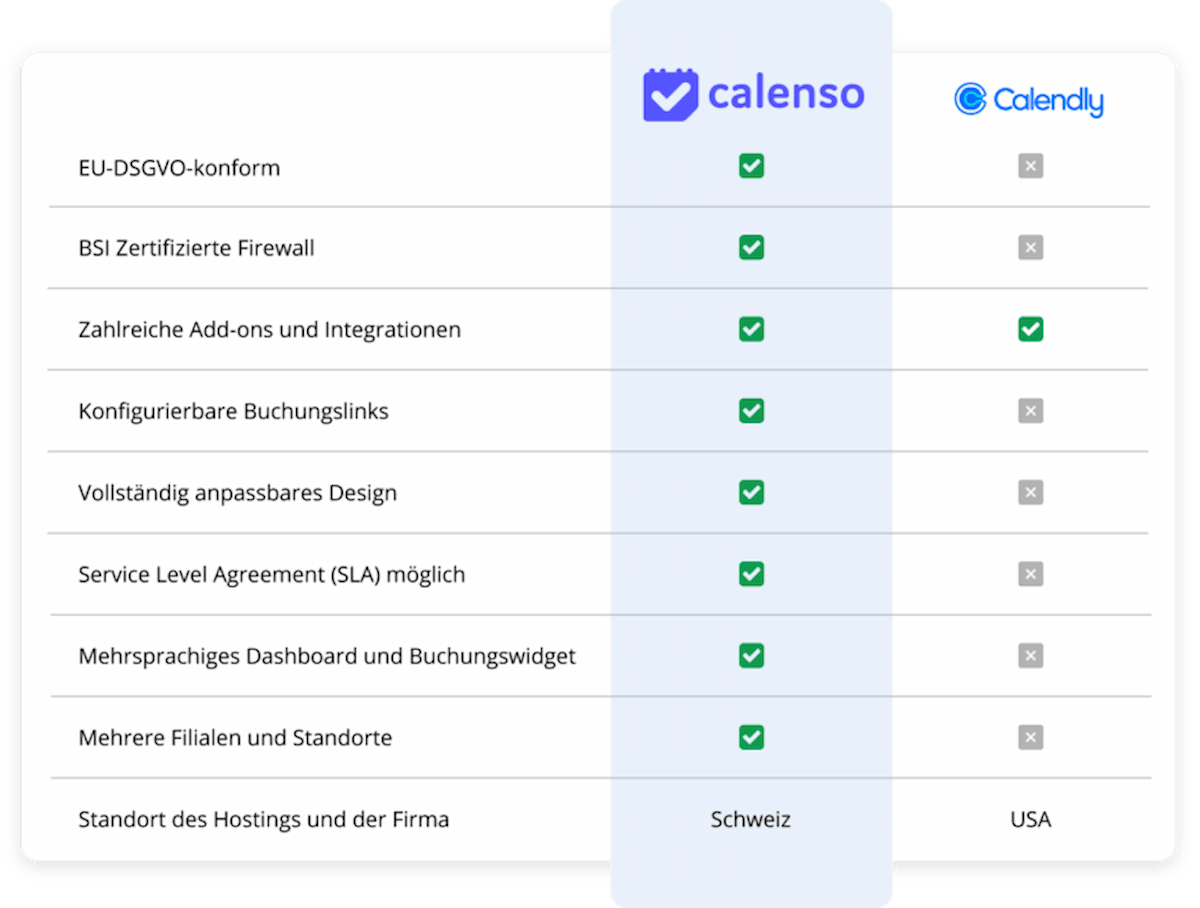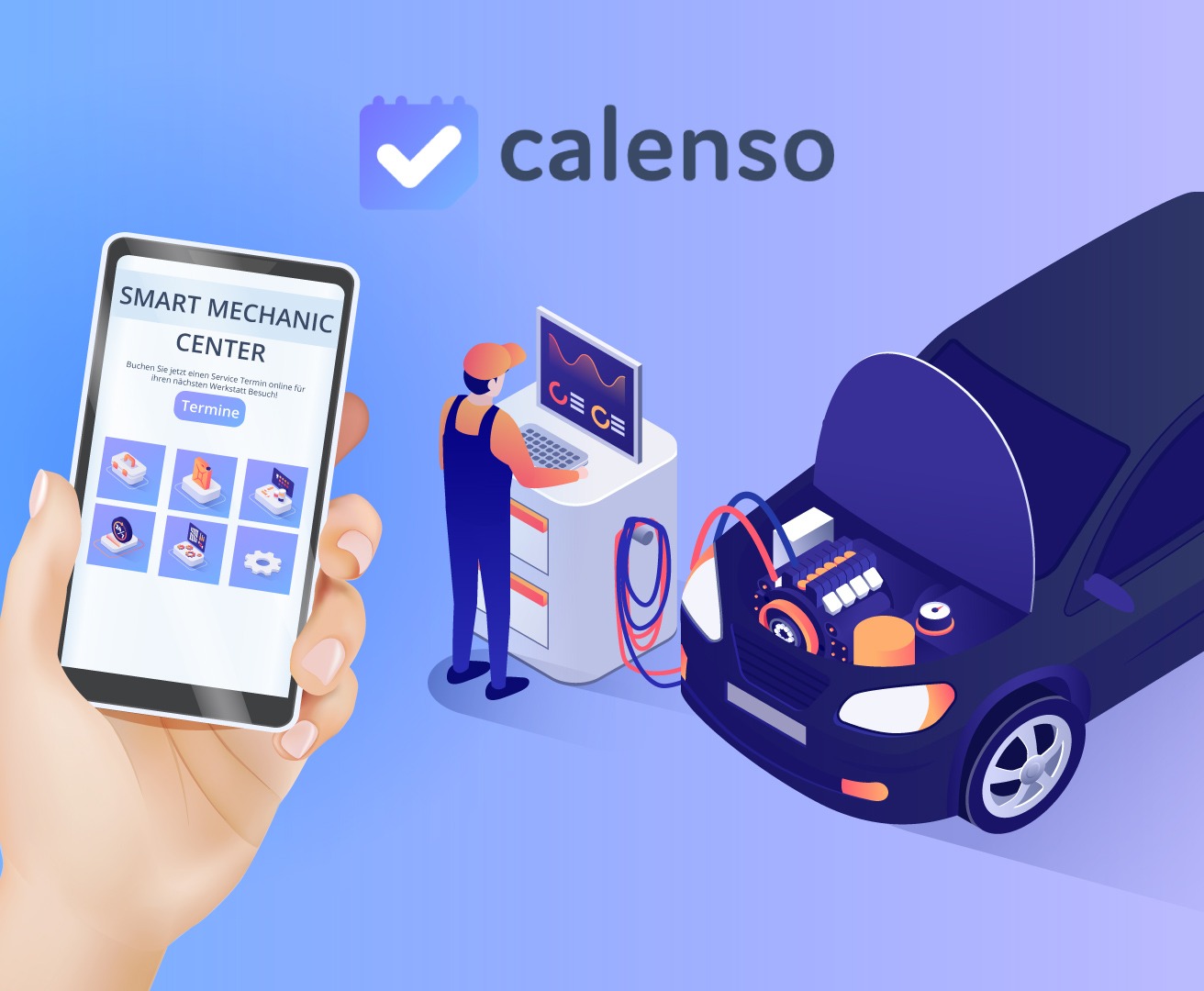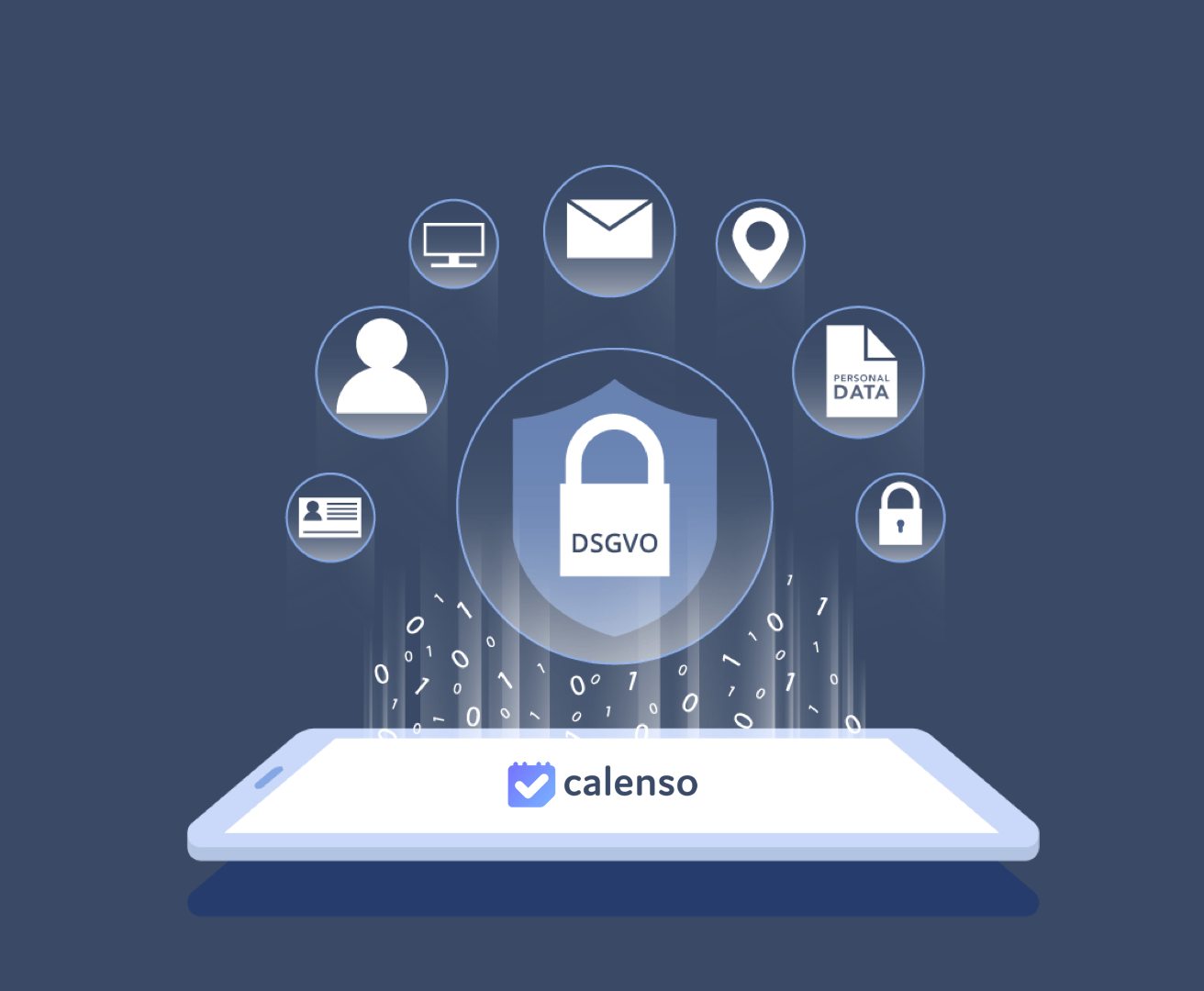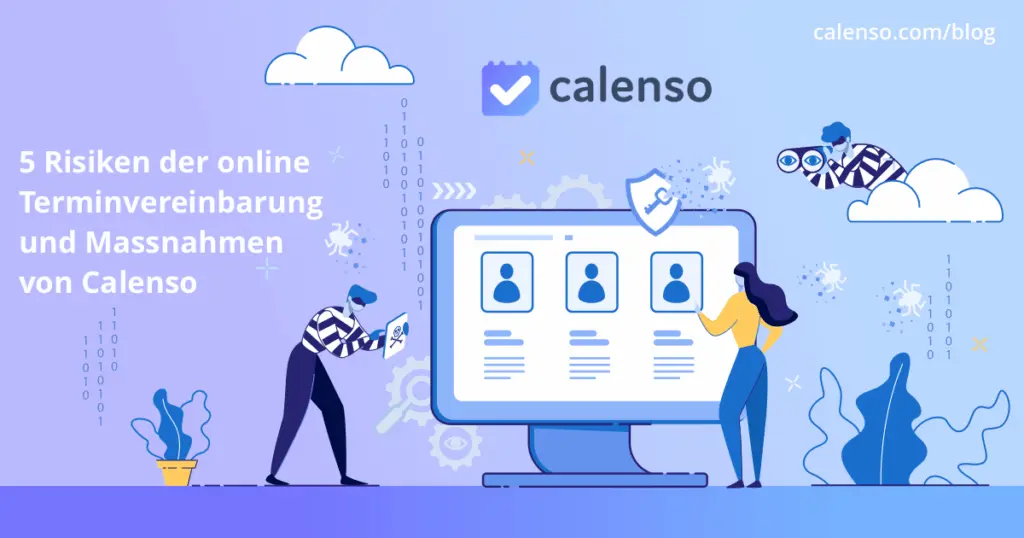Irgendwann werden wir alle älter und kommen in das Rentenalter (hier im Text als Generation 65+). Bei vielen Personen steigt die Begeisterung mehr zu unternehmen oder öfters zu verreisen – die Zeit dafür haben sie nun. Wir sehen im Umfeld Personen, welche sich zu einer Teilzeitbeschäftigung verpflichten, z.B. als Schulbusfahrer oder Rentnerpaare, die gleich ein Haus für sechs Monate in Italien buchen, um das italienische Flair vollkommen auszukosten. Ja, bestimmt hat der liebevolle Ausdruck des «Renntners» (mit Betonung auf n) etwas Wahres dran. Das Angebot von Freizeitaktivitäten und besonders ausgerichtete Beschäftigungen für das ältere Klientel nimmt stetig zu. Deshalb ist die ältere Generation mehr unterwegs und verplant.
Doch mit dem Alter kommen eventuell auch Probleme, z.B. dass man nicht mehr dauernd auf dem neusten Stand ist, sich weniger Dinge merken kann oder etwas mehr Zeit benötigt, um etwas zu lernen. Doch gerade in der heutigen schnelllebigen Welt, in der Zeit immer ein knapperes Gut wird, könnte besonders mit Technologien der eine oder andere Unbehagen fühlen. Und damit kommen wir zu der Frage, wie es denn bei Personen 65+ mit der Digitalisierung aussieht?
Für was wird das Internet bei der Generation 65+ genutzt?
Fakt ist, dass sich die durchschnittliche wöchentliche Internet-Nutzungszeit von 2011 auf 2017 verdoppelt hat (25.5h).1 Doch was wird im Internet genutzt und welche Dienste sind besonders bei der älteren Generation beliebt?
Dabei kristallisiert sich bei der Untersuchung von verschiedenen Forschungen ein einheitliches Bild heraus. Die Informationsbeschaffung (ca. 60%) und das E-Banking (ca. 50%) gelten als Spitzenreiter für die Nutzung des Internets der Generation 65+.1,2,3 Ausserdem hat die Plattform 50plus.ch bei einer Befragung von 592 Personen herausgefunden, dass auch online Shopping beliebt ist. 82% der Teilnehmer gaben an, dass sie online einkaufen und davon sind 36% der Befragten Onlineshopper mit Kreditkarte. Nein, von Berührungsangst kann man hier nicht sprechen.
Interessant ist auch die Befragung von Menschen 65+ zu ihren Einstellungen und ihrer Wahrnehmung von Self-Service Technologien (digitalisierte Dienstleistungen) durchgeführt von der IKOA-FHS. Sie fanden unter anderem heraus, dass ca. 35% der befragten Personen online Kinotickets kaufen oder online einchecken und diese Dienstleistung als sehr einfach einschätzen. Speziell ist, dass in der Befragung sehr wenige Personen die Self-Checkout Kassen im Supermarkt oder die Self-Check-in Automaten am Flughafen verwenden. Hier könnte das Problem darin liegen, dass viele Personen noch keine Erfahrung mit solchen Technologien gemacht haben, wobei die meisten Befragten den Service als eher einfach im Umgang bewertet haben. Dies könnte uns zeigen, dass der älteren Generation der Service vorgestellt werden muss, um sie von der Einfachheit zu überzeugen.
Eine Untersuchung von Seifert und Schelling zeigte, dass Personen im Alter 65+ durchaus an der Technologie interessiert sind (knapp 40%). Und auch bei der IKOA-FHS Befragung fanden 64% der Teilnehmer Technologien als spannend und geistig anregend.
Wahrgenommene Vor- und Nachteile des älteren Klientels
In den meisten Studien werden die Verfügbarkeit von zu Hause aus, die Rund um die Uhr und schnellere Erreichbarkeit und die ortsunabhängige Verfügbarkeit als grösste Vorteile von Online-Technologien wahrgenommen. Als Gefahr und Nachteile sieht die Generation 65+ den Abbau von Arbeitsstellen, die Reduzierung des zwischenmenschlichen Kontaktes und die Benachteiligung der Nicht-Nutzenden. 1,2,3
Generation 65+ als heterogene Gruppe
Umso älter man wird, desto mehr Macken und Gewohnheiten eignet sich eine Person an. Deshalb ist es naheliegend, dass unmöglich alle Menschen in dem Alter 65+ zusammengefasst werden können. Unterschiede zeigen sich beispielsweise in dem Geschlecht: Männer nutzen digitale Dienstleistungen mehr als Frauen. Aber auch umso älter die befragten Personen waren, desto mehr nahm die Nutzung ab. 1 Seifert und Schelling zeigten ausserdem an einer Studie der World Development Indicators von der World Bank, dass es massive Unterschiede zwischen den Ländern gibt. Das Fazit der IKOA-FHS kann durch mehrere Studien untermauert werden, dass über 65+ keine homogene Gruppe ist.
Suche nach Unterstützung
Bereits etwas früher mussten wir feststellen, dass der Generation 65+ die Technologie zuerst erklärt werden muss, damit sie sich langsam «antasten» und überzeugen können. Falls Probleme entstehen, helfen sich 34% mit Google, wobei 23% ihre Kinder fragen oder 13% den Partner.1 Jedoch wünscht sich die Mehrheit Unterstützung bei der Verwendung von digitalen Technologien. 2
Fazit und Tipps
Das Interesse und die Nutzung digitaler Technologien von der Generation 65+ ist vorhanden. Wenn du planst, ein online Terminvereinbarungstool zu implementieren, dann zeig deinem älteren Klientel kurz, wie dies funktioniert. Wir sind uns sicher, dass sie diese digitale Technologie ebenfalls als einfach einschätzen und öfters nutzen werden. Ermögliche deiner Kundschaft ausserhalb deiner Öffnungszeiten einen Termin zu vereinbaren, falls das Treffen zum Kaffee etwas länger wurde und bereits das Nachtessen gekocht werden muss. Hilf deinen Kunden bei der für sie neuen Technologie und nimm ihnen die Angst, online Termine zu vereinbaren.
Eine Aussage von Stefan Nünlist, COO Swisscom, erscheint uns als passenden Schlusssatz. Er sagt, dass die Zukunft schon da ist und wir davor keine Angst haben sollen, denn Erfindung seien schon immer der Treiber von Fortschritt und Veränderung gewesen. 10’000 Jahre habe die landwirtschaftliche Entwicklung gebraucht, 200 Jahre die industrielle, 25 Jahre die digitale Entwicklung und die nächste Welle komme bestimmt.1
Wir sind gespannt…
Hilfe zu Calenso gibt’s übrigens hier und hier kannst du dich registrieren!





















